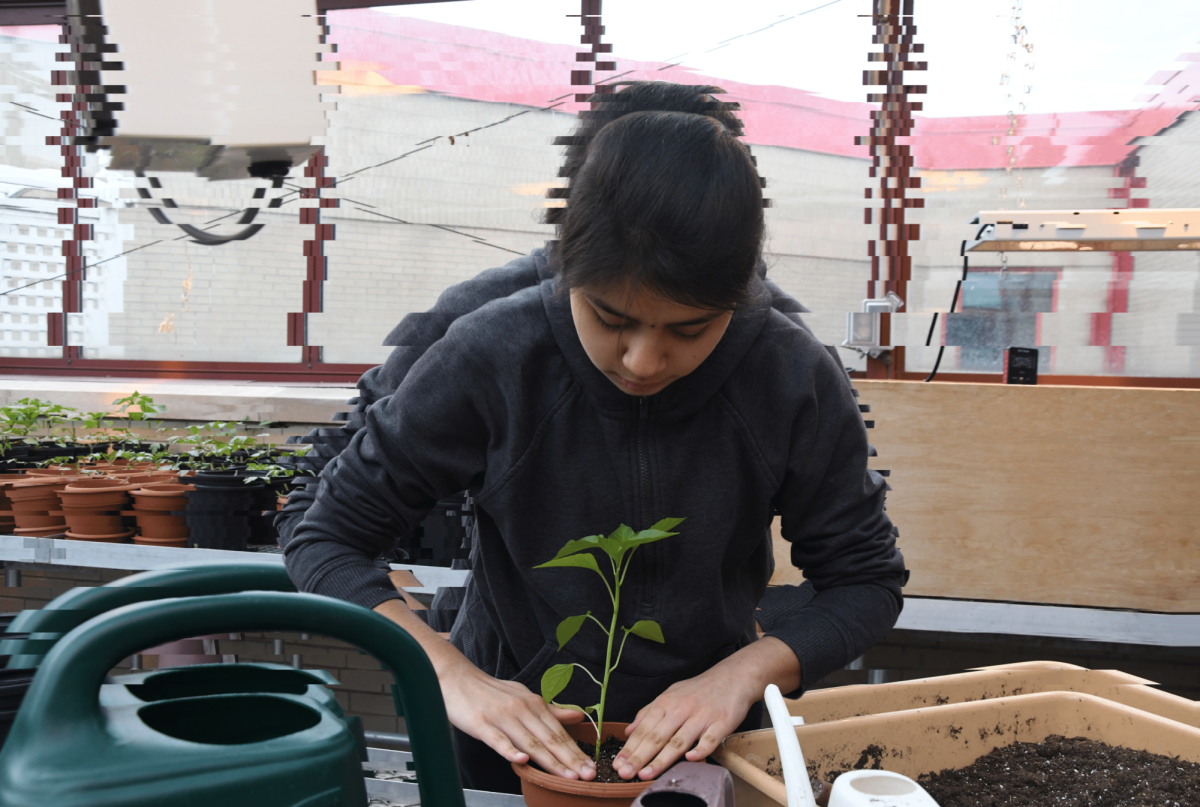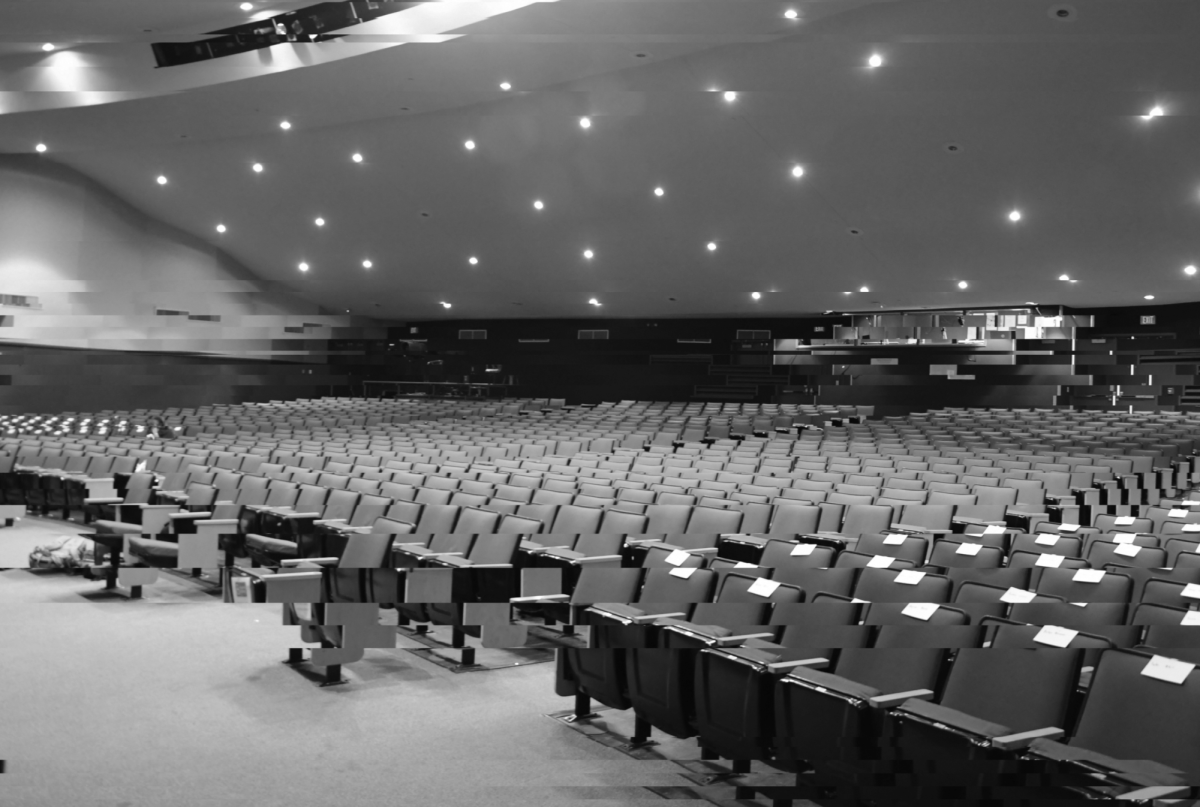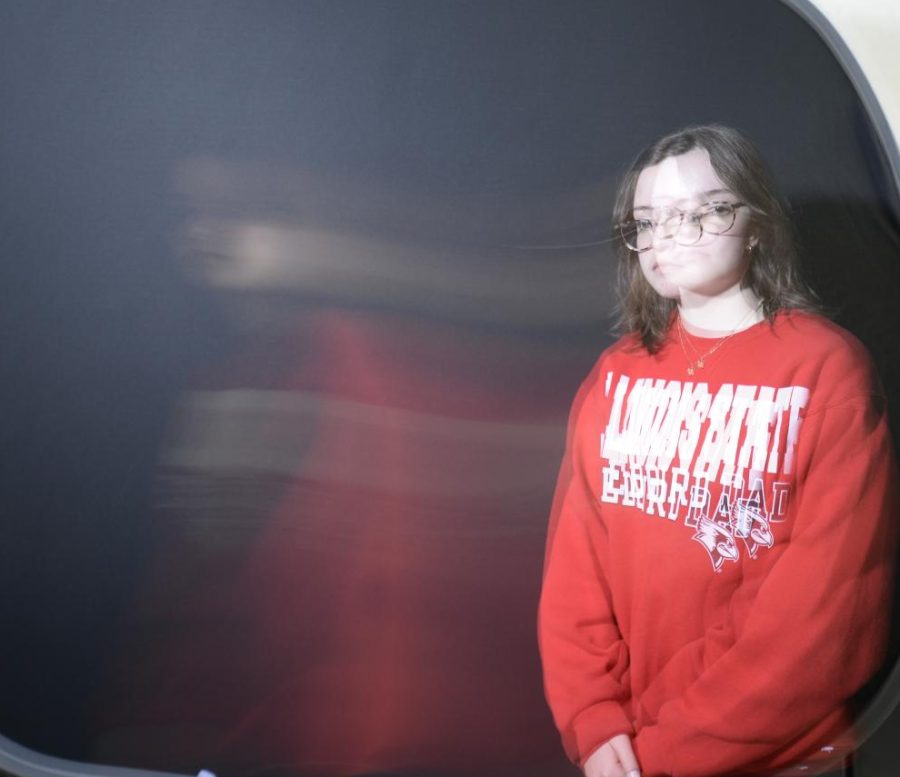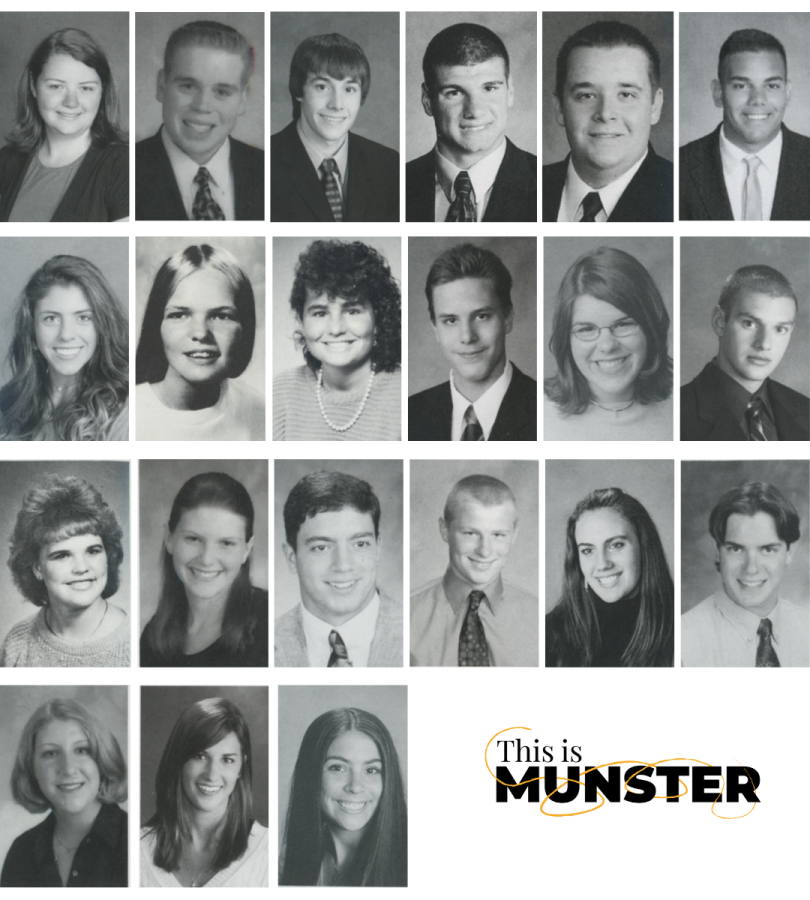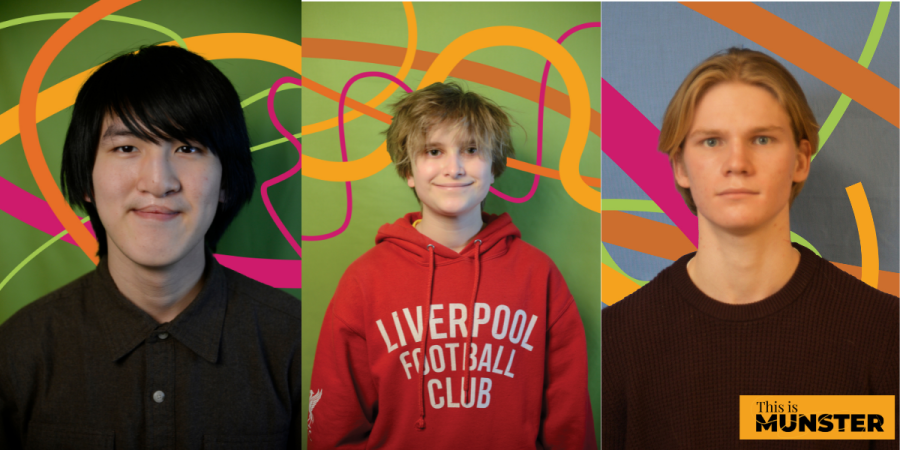Column: Embracing the awkward
December 10, 2020
In a 2018 Time magazine opinion piece about awkward silence, Melissa Dahl wrote, “If you don’t know what to say or do, there is always the option to do nothing.” As we continue to embark upon the age of the Zoom call or, in more MHS-inclined terms, the Blackboard Collaborate and Microsoft Teams meeting, this notion has become almost inherent in our daily school interactions: the teacher enters the meeting, asks the students about their day and the subsequent silence ensues. The silence may last a few seconds, perhaps four or five. Someone may send a message via chat. On a particularly pleasant day, a bombardment of students quickly turn on their microphones to respond “good” or “it’s been okay” in hopes of evading the uncomfortable quiet.
In the wake of such silence it is especially easy to recall the days of what we remember to be effortless face-to-face interaction. Were talks with teachers always this difficult? Were class presentations this daunting as before? Now only left with two-second lags and microphone mishaps, our circumstances compel us to navigate a new world of online etiquette. To do so, we must first answer the question: why are online meetings so awkward?
Perhaps it is the aforementioned two second delay. Lags and poor WiFi connections make answering questions on microphones especially tricky—the fear of unintentionally interrupting someone or causing unnecessary reverb has become a genuine concern, especially when such instances begin to take away from class time. We can even go as far to group issues such as microphone disruptions to form a much larger scope of anxieties felt during online learning. Now more than ever, students are aware of their own presence. Whether it be the fear of being the only person with your camera on while the teacher is talking, or misspelling words in a chat message these unfamiliar and, therefore, daunting factors are exhausting to be aware of. In short, the old high school social customs of brick and mortar have been replaced by the digital.
To add to the ever-changing dynamic, uncontrollable circumstances such as the lack of a substantial workspace or noisy household members at times add distraction to an already demanding condition. Arguably more damaging than external disturbances are those that are self-imposed. That is, multitasking. The expansive divide that now describes the teacher-student relationship stacks immense pressure on both sides to get as much work done in a fixed amount of time. With this pressure, as well as the new-found responsibility that urges students to act with integrity, completing other class work or nonschool-related tasks throughout the school day has become habituary. As we construct new criteria for our online conduct, multitasking—and the factors that cause this action to subsist—must be reconsidered.
Though the circumstances mentioned above appear to border near crisis, a means to escape such stress—or at least the awkwardness of it all—does exist. Let us return to our friend Ms. Dahl and attempt to reconsider the value of awkward silence—it is not always a bad thing, and can even be used to one’s advantage. To slightly divert from her argument, I would venture to assert that awkward silence is a reflection of the uncomfortable, bizarre situation we have all been placed in. Once we realize this, it will become much easier to adapt to the newness, and hit that little microphone icon at the bottom of our screens.

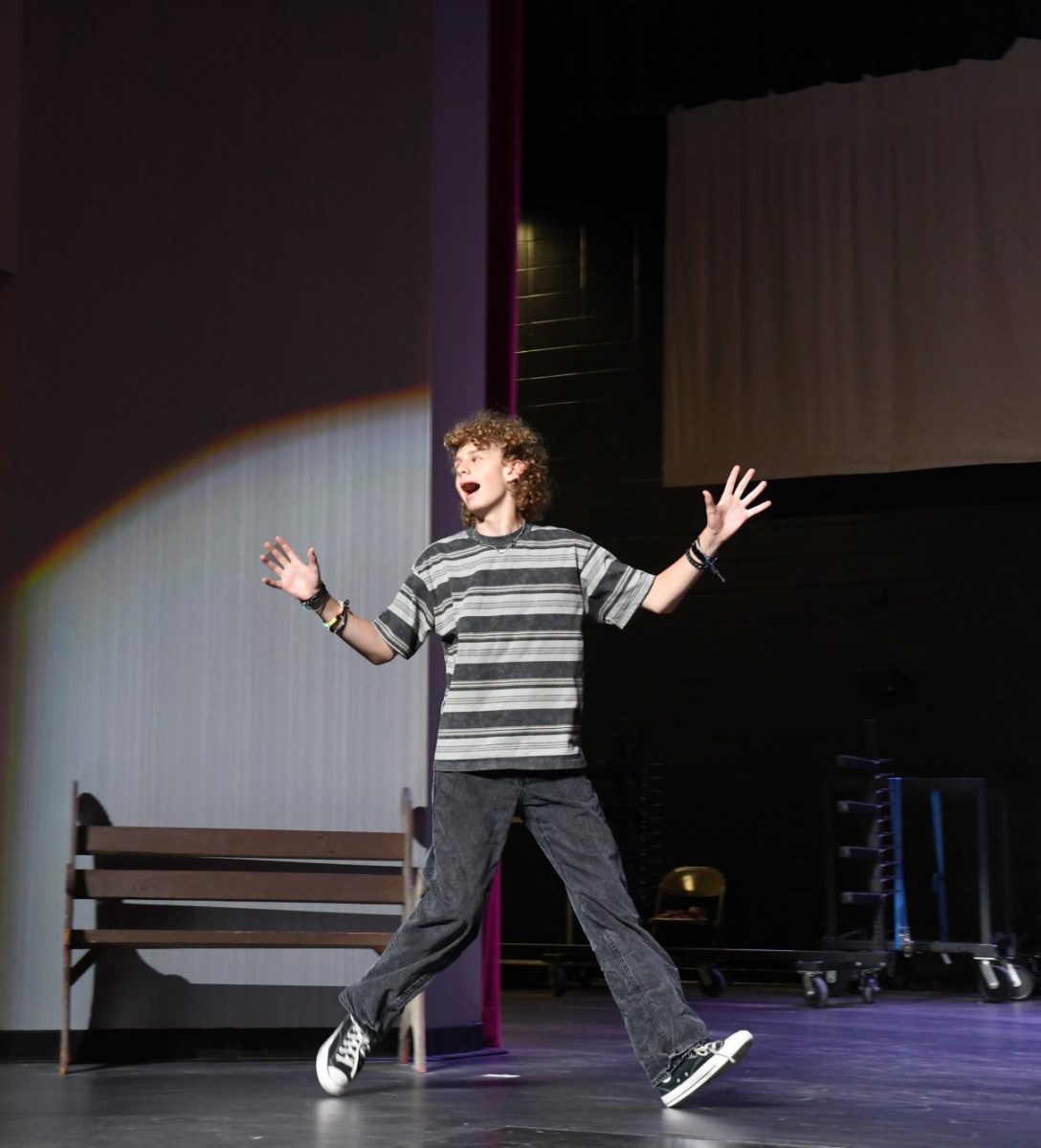



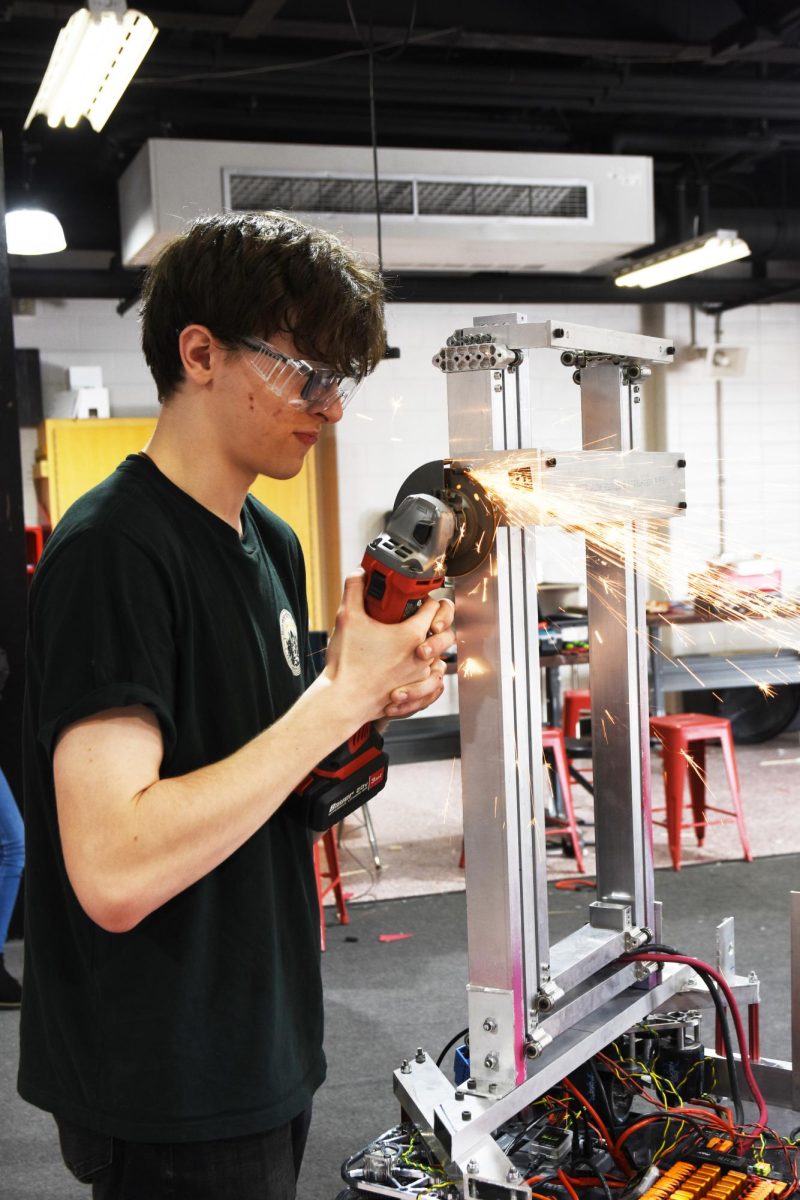




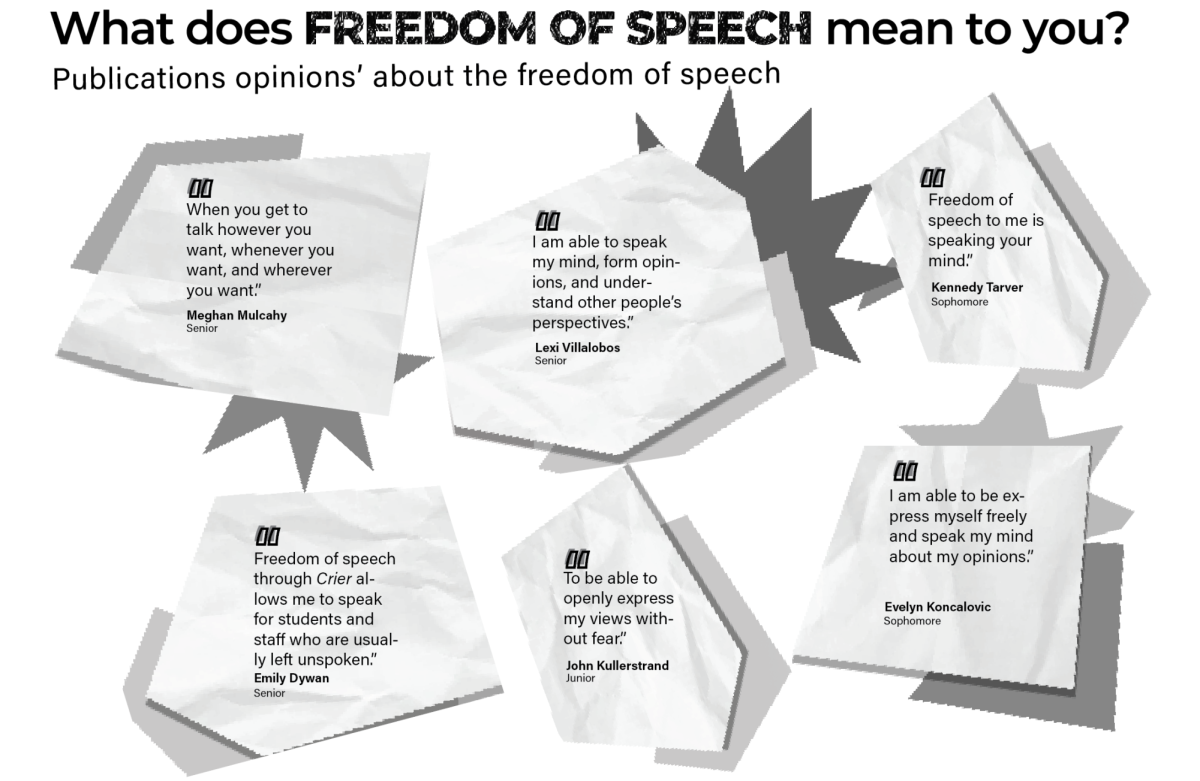







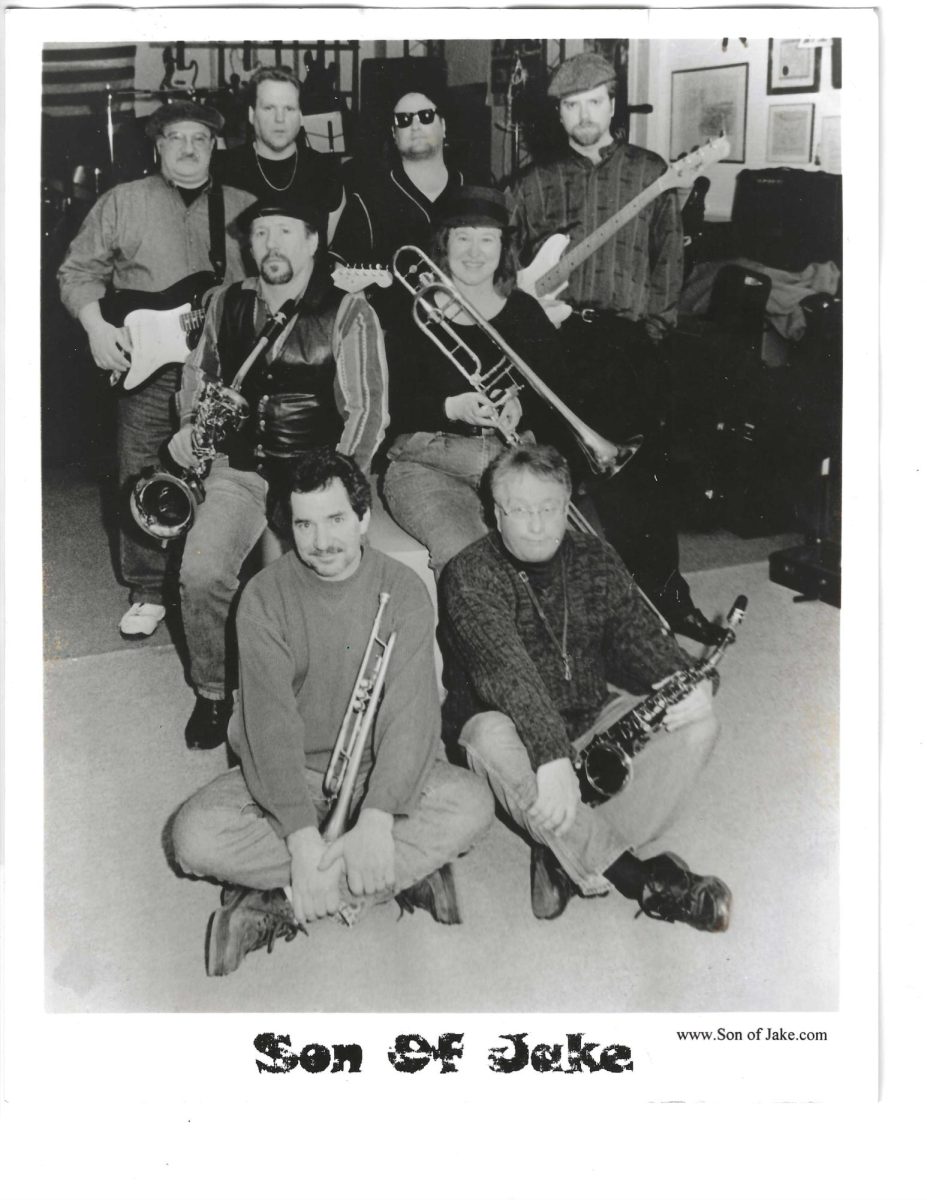


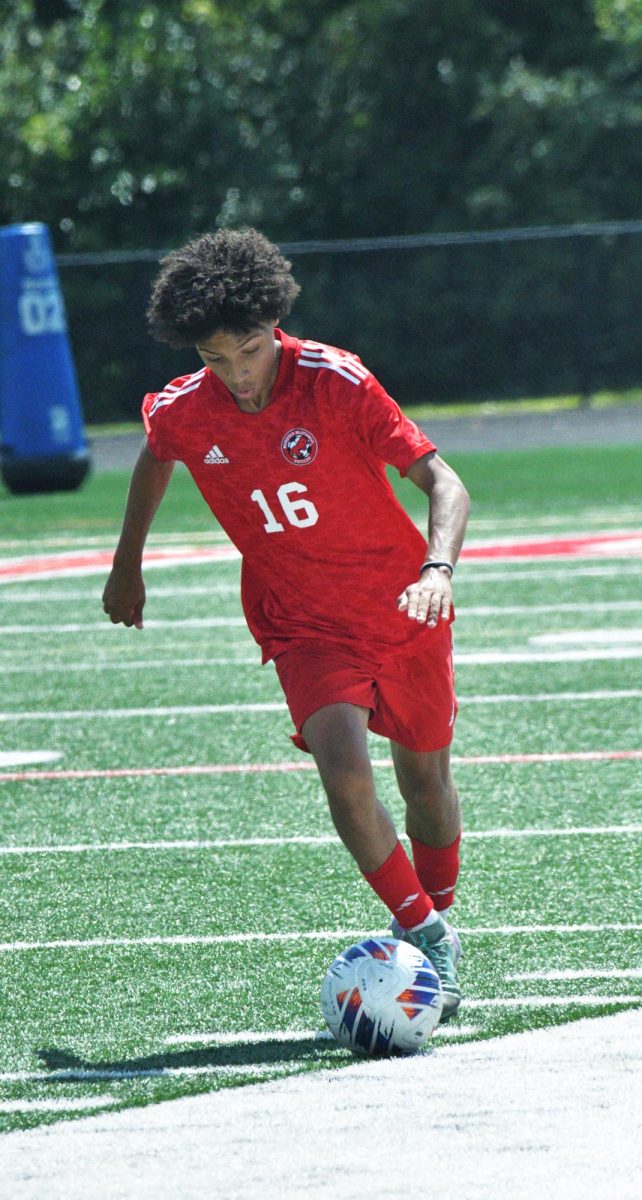




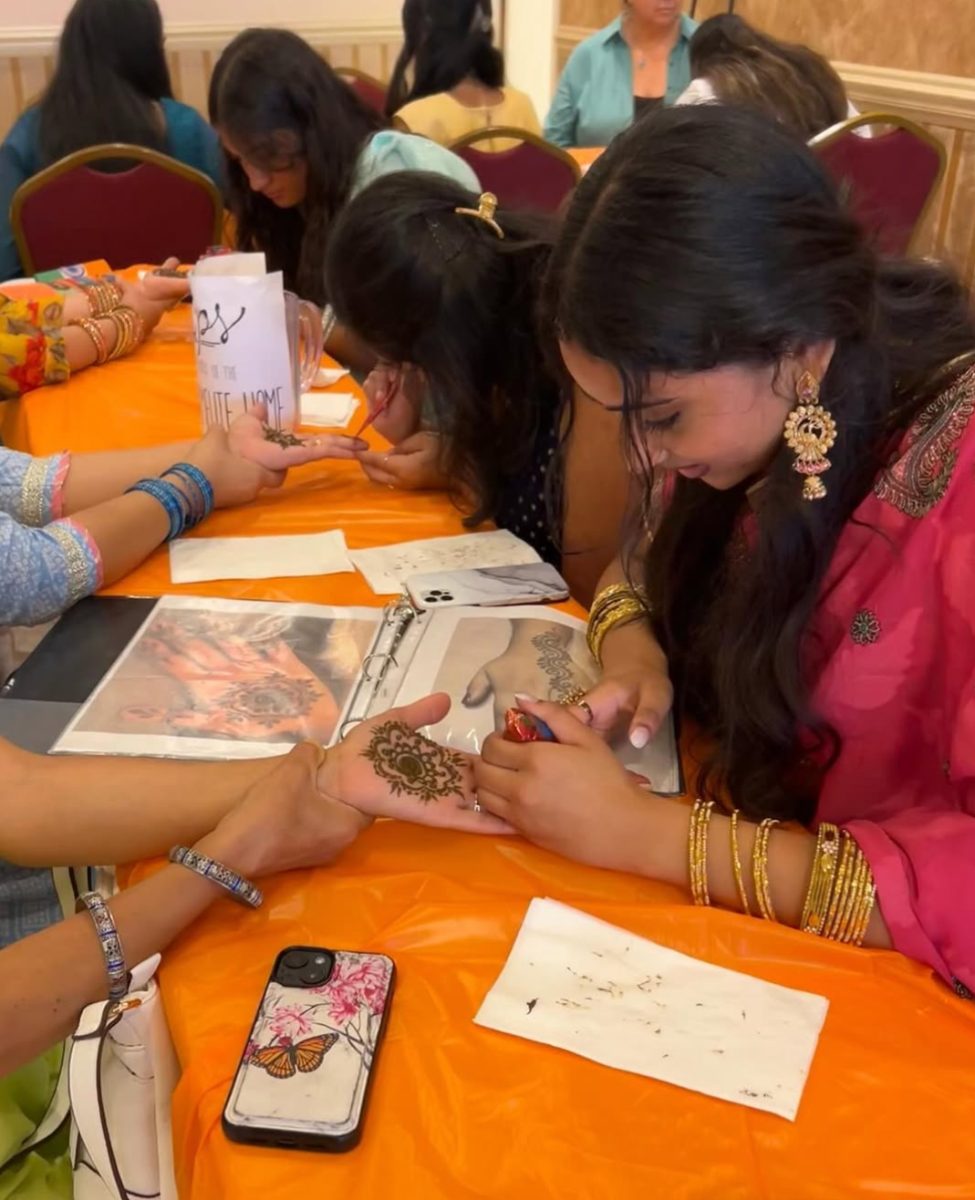

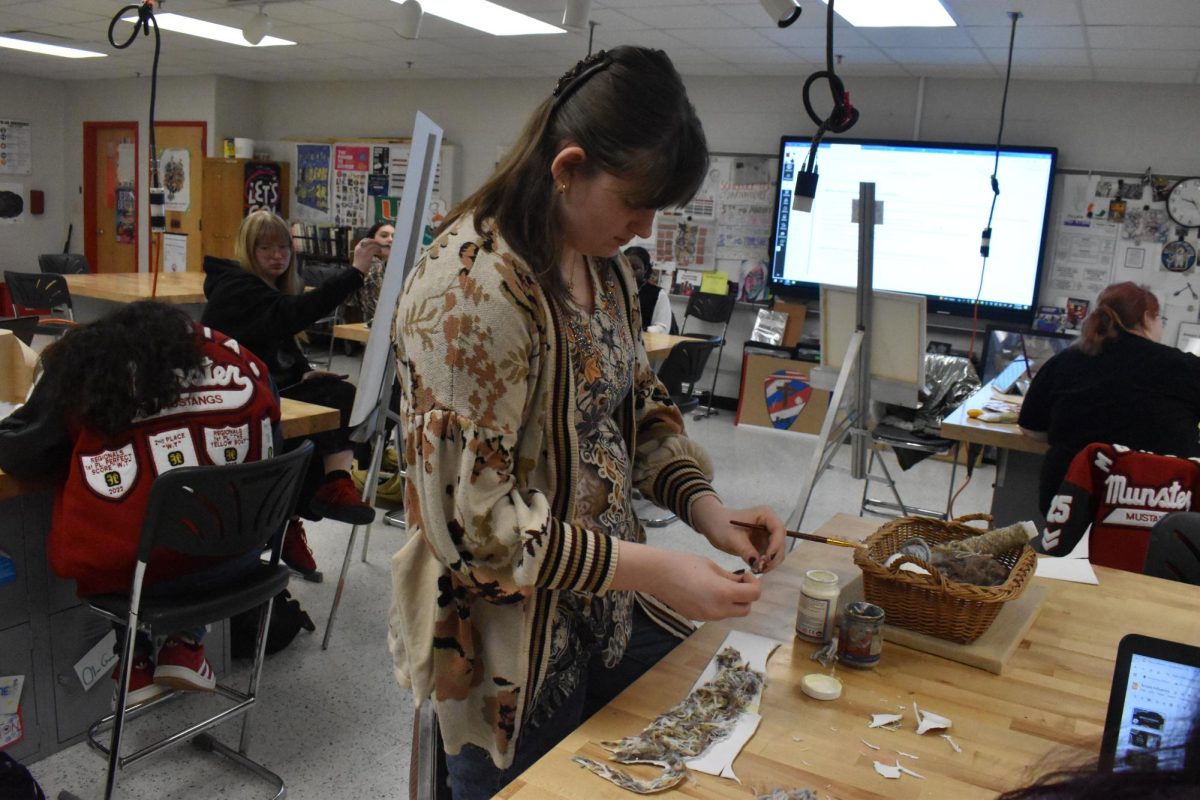
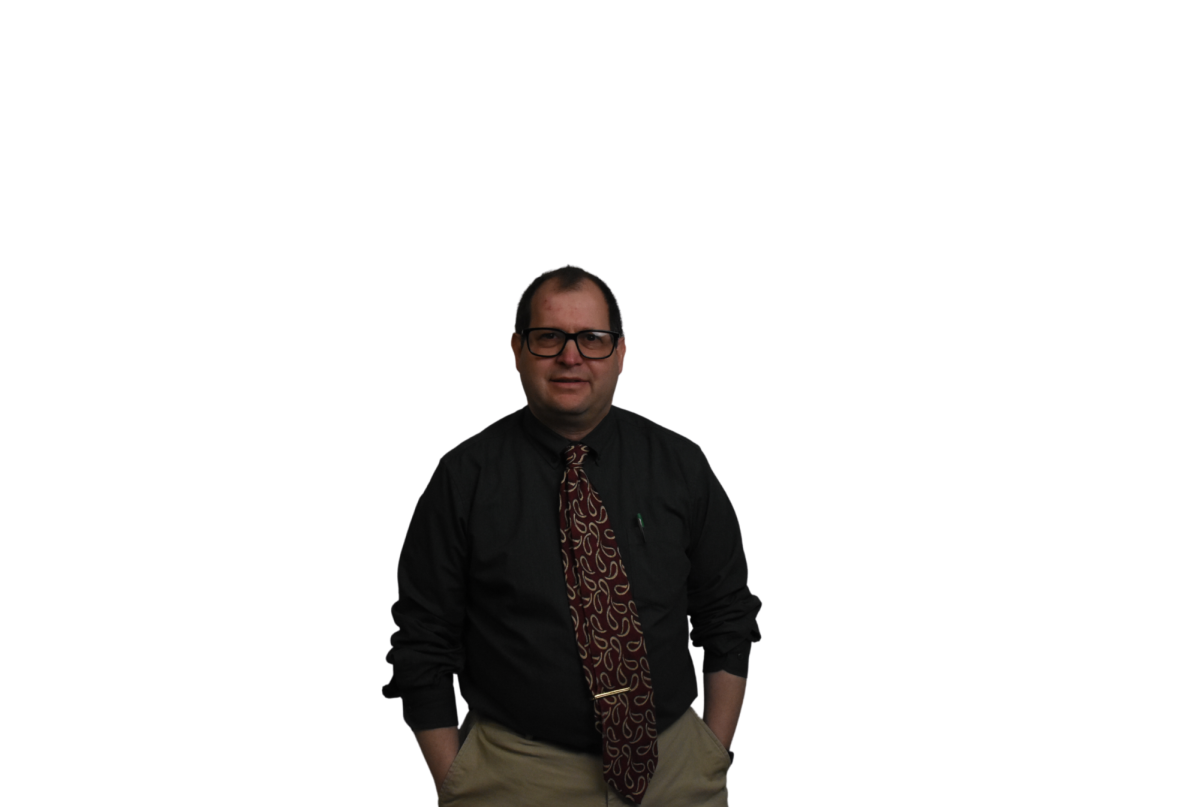

![SNAP HAPPY Recording on a GoPro for social media, senior Sam Mellon has recently started a weekly sports podcast. “[Senior] Brendan Feeney and I have been talking about doing a sports podcast forever. We love talking about sports and we just grabbed [senior] Will Hanas and went along with it,” Mellon said.](https://mhsnews.net/wp-content/uploads/2025/04/sam-892x1200.png)




